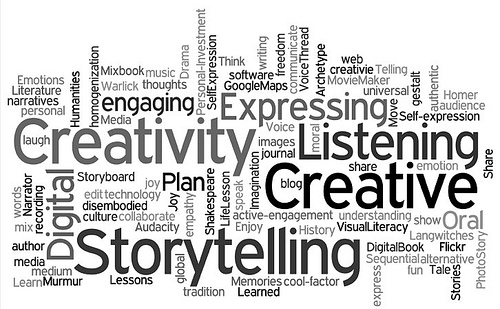I recently delivered a workshop on building winning products. The audience identified that it was important the customers loved a product in order for it to be a winner. It also came up that consumers increasingly want to buy things that thrill and delight in addition to simply doing what they were designed to do. Today, things around us from Gillette razors to Apple devices exude desirability and emotionally engage consumers. People look at their possessions as a means to provide them self-expression and extend their personality. They also crave for great experience in the journey of whatever problem they are trying to solve. They find the mere discreet functions and features unexciting.
The new focus on emotional experience is consistent with the psychological research that confirms that people value emotional experiences more than even the product functionality. Statements like this from users, “there is shortcoming in my iPhone, but still I love it”, are commonly heard now-a-days. Indeed, “Form follows function” has given was to the more emotion led approach to design: “Feeling follows form.”
Why build emotional connect
Technology people live in a rational world and they think the rest of the world too. This is however, far from truth. Emotions drive peoples’ attitudes and behaviors. Rational thought can lead customers to being interested in the product and be happy with tangible gains from its functionality. However, it is emotions that drive customers’ desire to own the product, pay any premium and recommend it to their friends. Emotional engagement promotes loyalty and revenue growth thru word-of-mouth. There is a proven ROI in emotionalizing software.
How does this impact software? Well the software is becoming an ever growing component of the plethora of devices and services that proliferate around at home, workplace and other places. This means software has enormous possibilities for creating emotional experiences for the consumers. It makes it imperative that software developers fulfill this consumer expectation.
How to build emotional connect and satisfaction
People think about and experience life through a set of deep rooted metaphors. The metaphors help them make sense of the plethora of experiences through these metaphoric lenses. Emotional experiences happen thru the five senses – vision, hearing, smell, taste, and touch. Software products and services are abstract in nature. Unlike other products (devices, autos, homes etc.) they can mostly leverage only vision and hearing for the emotional experience.
Keeping the challenges in mind, here is a set of steps that the author found useful in this endeavor.
- Develop customer empathy to gain deeper understanding of the customer, their needs, wants, deep desires and values.
- Understand that people respond to feelings, remember stories, and take actions based on deep rooted metaphors. Therefore
- Identify metaphors people live by. Metaphors vary by culture. Metaphors change with time.
- Use metaphors to create the symbols, icons, colors, texts, workflows etc.in interaction design.
- Use storytelling techniques in internal and external product communication like product vision, requirements, specifications, prototypes, press releases, product positioning statements, tag lines, advertisements and documentation.
- Keep customers and their pain points and value props alive thru the product development where daily engineering and feature decisions can easily lead to overlooking who the customers were and what they wanted.
- During product development
- Personify user / customer during software development. Use personas.
- Build not features but complete scenarios of customer problem solving.
- While making engineering / business decisions constantly ask – will that persona like the change? Does the decision breaks down any end-to-end scenario?
- Post product development
- Create emotional connect at every touch point like sales transaction, support and upgrades.
We shall delve deeper into each of these steps in forthcoming blogs.


